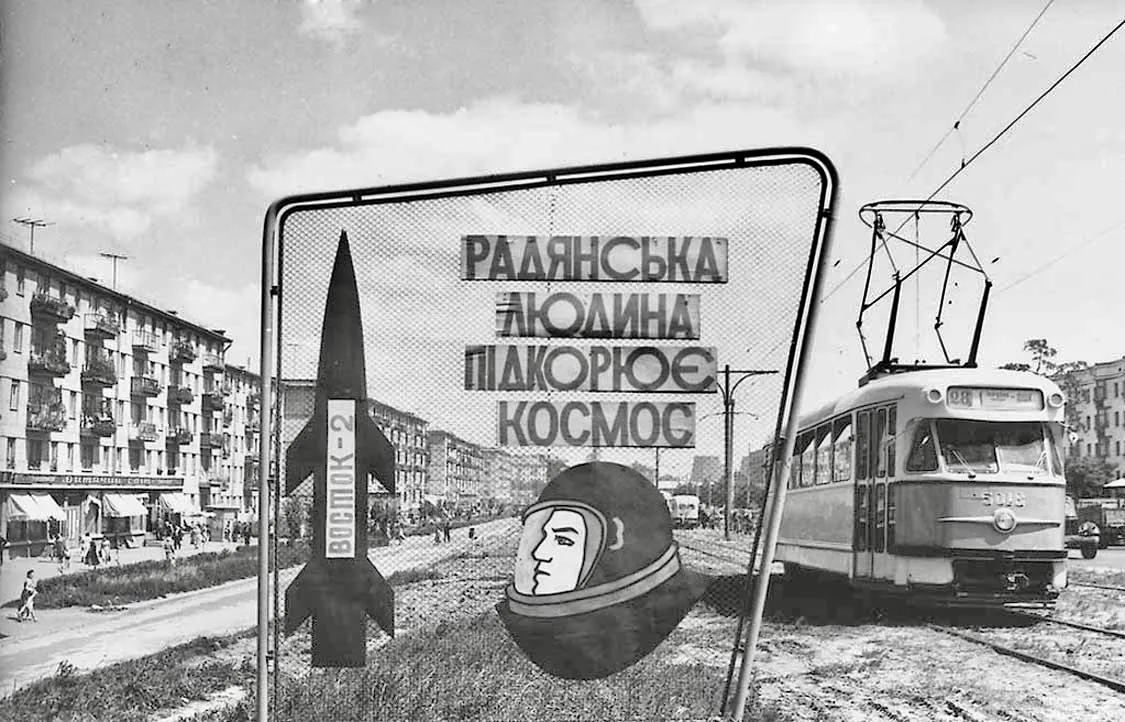The Dawn of Human Spaceflight: Celebrating Soviet Space Achievements in 1962
The year 1962 stood as a pivotal moment in human history, deeply entrenched in the fervor of the Cold War and the burgeoning Space Race. An iconic poster from Kyiv, Ukrainian SSR, boldly declared "Soviet man conquers space," a testament to the monumental achievements of the Soviet Union in sending the first human into orbit. This phrase encapsulated not just a technological triumph but a profound shift in humanity's perception of its place in the cosmos.

The Race to Orbit: Man vs. Machine
In the early days of space exploration, a fundamental debate simmered: should humanity send fragile humans or robust machines into the unforgiving vacuum of space? While the world celebrated Yuri Gagarin's pioneering orbital flight in 1961, ushering in the era of human spaceflight, the groundwork was laid by uncrewed missions like Sputnik, the first artificial satellite in 1957. Sputnik, despite its simple beeps, proved the concept of orbiting Earth and gathering basic data, making it a critical precursor to human missions.
Both the Soviet Union and the United States initially relied on animal tests – from dogs like Laika to chimpanzees – to assess the biological effects of spaceflight before risking human lives. The philosophical divide often seen as "data-gathering satellites vs. human glory" was, in reality, a complex interplay. The Soviet Union's early lead in human spaceflight provided immense propaganda victories, while the U.S. focused on a more incremental approach, though not without its own suborbital human "hops" and animal sacrifices.
Beyond the Initial Conquests: Unforeseen Plateaus?
As the 1960s progressed, the initial euphoria of space conquest began to face formidable challenges. Visionaries like Sergei Korolev, the chief designer of the Soviet space program, were instrumental in these early successes. Speculation often arises about how much further space exploration could have advanced if key figures like Korolev had lived longer, or if political decisions, such as budget cuts, hadn't curtailed ambitions.
However, the reality of spaceflight is governed by the laws of physics, particularly the daunting "rocket equation." This fundamental principle dictates the immense amount of fuel required to escape Earth's gravity, posing a significant hurdle regardless of budget. Some argue that, with the technology available at the time, humanity might have reached a natural plateau in terms of what could be achieved by continuing the Moon race. Perhaps the greatest long-term impact of this period was the eventual shift from fierce competition to collaboration, culminating in projects like the International Space Station – a symbol of global peace that might not have materialized if the intense race had continued indefinitely.
A Legacy Forged from Diverse Talents
While the poster proudly proclaims "Soviet man conquers space" from Kyiv, Ukrainian SSR, it's a subtle reminder of the vast and diverse talent pool that contributed to the Soviet space program. Scientists, engineers, and cosmonauts from across the Soviet republics, including Ukraine, played crucial roles in these historical endeavors. This distributed brilliance underscores the collective effort behind what seemed like singular achievements.
Reflecting on a Bold Era
The "Soviet man conquers space" poster from 1962 serves as a powerful historical artifact, commemorating a time of unprecedented exploration and fierce competition. It reminds us of humanity's audacious spirit, the scientific breakthroughs of the era, and the complex interplay of political will, technological limits, and individual genius that shaped our early ventures into the cosmos. This period not only launched humans into space but also launched the enduring dream of exploring the final frontier.




